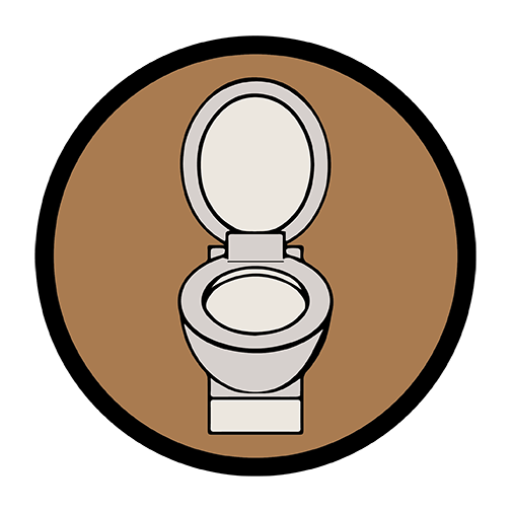Evolutionary biology reveals the surprising origins of animals’ most basic anatomical features
As explained here, recent research from the University of Bergen in Norway suggests an intriguing evolutionary history behind one of the body’s most basic anatomical features. According to an unpublished study examining the genetics of xenacoelomorphs—tiny organisms without conventional digestive systems—what eventually evolved into the anus in complex animals may have served initially a reproductive function.
Primitive organisms provide evolutionary clues
Xenacoelomorphs, distant relatives of flatworms, possess a simplified digestive system consisting of a single opening that functions as both entrance and exit—essentially a “mouth-waste-exit hybrid.” However, male xenacoelomorphs have a separate opening called a gonadopore specifically for reproductive purposes.
Researchers found that the same genetic mechanisms that eventually led to anus formation in more complex animals are what these primitive organisms use to develop their reproductive openings. This suggests that the dedicated waste evacuation pathway in more complex animals may have evolutionary roots in reproductive anatomy.
“Once a hole is there, you can use it for other things,” zoologist Andres Hejnol comments to New Scientist. This biological repurposing demonstrates how evolution often adapts existing structures for new functions.
Multipurpose anatomy in modern animals
This research connects to the concept of the cloaca, a multipurpose cavity found in numerous animal species, including reptiles, birds, amphibians, and even some mammals like the platypus. The cloaca serves both waste elimination and reproductive functions.
The study proposes that the separation between digestive and reproductive systems occurred much later in evolutionary history, long after our ancestors diverged from these primitive organisms.
Scientific context and limitations
It’s important to note that this research is currently unpublished and has not yet undergone peer review, meaning these findings should be considered preliminary until verified through the scientific process.
This research offers a fascinating glimpse into how basic anatomical features may have evolved over millions of years, highlighting the remarkable adaptability of biological structures throughout evolutionary history.

